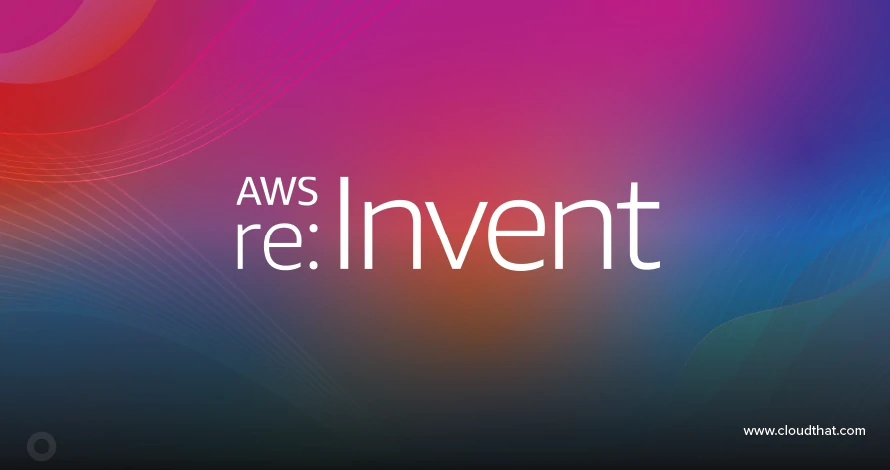|
Voiced by Amazon Polly |
Overview
Docker has transformed the way we build, ship, and run applications by enabling containerization. However, as container adoption grows, so does the need to manage Docker images securely and efficiently, especially in enterprise environments. This is where a private Docker registry becomes an essential part of your DevOps toolkit.
A private registry allows you to host Docker images internally rather than relying on public registries like Docker Hub. This setup is particularly valuable for organizations dealing with proprietary code, internal tools, or sensitive data.
Pioneers in Cloud Consulting & Migration Services
- Reduced infrastructural costs
- Accelerated application deployment
Why Choose a Private Docker Registry?
There are several compelling reasons to use a private Docker registry, especially in production-grade environments:
- Enhanced Security: Hosting your registry means controlling who accesses your container images. This limits exposure to potential vulnerabilities and protects intellectual property.
- Speed and Efficiency: A local or on-premises registry allows faster image pulls during deployments, reducing reliance on external networks and third-party services.
- Compliance and Control: Regulatory requirements often demand complete control over software artifacts. A private registry ensures compliance with data governance policies and audit requirements.
- Custom Access Management: Unlike public registries, private ones let you enforce fine-grained access controls. You can define who can push, pull, or delete images, and integrate authentication systems such as LDAP or OAuth.
Features of a Good Private Docker Registry
While Docker offers a simple open-source registry solution (docker/distribution), enterprises often turn to more options like Harbor, GitLab Container Registry, or JFrog Artifactory. These platforms provide additional features such as:
- Role-Based Access Control (RBAC)
- Image Vulnerability Scanning
- User Activity Auditing
- Replication Across Data Centers
- Support for Helm Charts and OCI Artifacts
The choice of platform depends on your specific use case, infrastructure preferences, and the level of security or automation you need.
Security Considerations: Security should be a top priority when deploying a private Docker registry. Ensure all communications with your registry are encrypted using TLS. It’s also advisable to implement strong authentication and authorization mechanisms. Integration with enterprise identity providers enables centralized user management.
Storing credentials securely is equally important. Developers and CI/CD pipelines should access registries using environment variables or secret managers, not hardcoded passwords.
Registry Storage and Backup: The underlying storage backend for your registry significantly impacts performance and reliability. Options range from local disk storage to cloud-based object storage such as Amazon S3, Azure Blob, or Google Cloud Storage. Choosing scalable and resilient storage ensures your registry can handle increased traffic and avoid data loss.
Regular backups of image repositories are recommended, especially if your registry is self-hosted. Backup strategies should include metadata and actual image layers to ensure complete recovery in case of failure.
Integration with CI/CD Pipelines: A private Docker registry becomes even more powerful when integrated into your CI/CD workflow. This enables automation of image building, scanning, tagging, and deployment. You can create end-to-end delivery pipelines that streamline software releases using tools like Jenkins, GitLab CI/CD, GitHub Actions, or AWS CodePipeline.
For added security, image scanning tools like Trivy or Clair can be used to detect vulnerabilities before pushing images to the registry.
Step-by-step guide to setup a private registry
Step 1: Create a VM with Ubuntu 20.04 server
Install Docker

|
1 |
#sudo apt-get install apt-transport-https ca-certificates curl software-properties-common -y |

|
1 |
#curl -fsSL https://download.docker.com/linux/ubuntu/gpg | sudo apt-key add – |

|
1 |
#sudo add-apt-repository "deb [arch=amd64] https://download.docker.com/linux/ubuntu $(lsb_release -cs) stable" |

|
1 |
#sudo apt update |

|
1 |
#sudo apt-get install docker-ce -y |

|
1 |
#sudo usermod -aG docker $USER |

|
1 |
#sudo systemctl status docker |

Step 2: Install Docker-compose
|
1 |
#sudo curl -L "https://github.com/docker/compose/releases/download/1.29.2/docker-compose-$(uname -s)-$(uname -m)" -o /usr/local/bin/docker-compose |

|
1 |
#sudo chmod +x /usr/local/bin/docker-compose |

|
1 |
#docker-compose –version |

Create a directory
|
1 2 3 4 5 |
#mkdir docker-registry #cd ~/docker-registry #mkdir volume |

|
1 2 3 4 5 6 7 8 9 10 11 12 13 14 15 16 17 18 19 20 21 22 23 |
#vi vi docker-compose.yml Paste the following script #version: '3' services: docker-registry: image: registry:2 container_name: docker-registry restart: always ports: - "5000:5000" volumes: - ./volume:/var/lib/registry docker-registry-ui: image: konradkleine/docker-registry-frontend:v2 container_name: docker-registry-ui restart: always ports: - "8080:80" environment: ENV_DOCKER_REGISTRY_HOST: docker-registry ENV_DOCKER_REGISTRY_PORT: 5000 |

|
1 |
#sudo docker-compose -f docker-compose.yml up -d |

Step 3: Copy the VM IP and add /v2/_catalog and enter it in the browser with port 5000
34.130.147.222:5000/v2/_catalog

Copy the VM IP and enter it in the browser with port 8080
34.130.147.222:8080

|
1 |
#sudo docker pull hello-world |

|
1 |
#sudo docker tag hello-world:latest 34.130.147.222:5000/hello-world |
Step 4:
|
1 2 3 4 5 6 7 8 9 |
#Sudo su #vi /etc/docker/daemon.json { "insecure-registries" : ["20.204.80.36:5000"] } |

|
1 2 3 |
#sudo service docker stop #sudo service docker start #sudo systemctl status docker |

|
1 |
#sudo docker push 34.130.147.222:5000/hello-world |

Refresh and check the browser, you will find the repo

|
1 |
#curl -X GET http://34.130.147.222:5000/v2/_catalog |

Refresh and check the browser, you will find the repo name

Conclusion
Drop a query if you have any questions regarding Docker registry and we will get back to you quickly.
Making IT Networks Enterprise-ready – Cloud Management Services
- Accelerated cloud migration
- End-to-end view of the cloud environment
About CloudThat
CloudThat is an award-winning company and the first in India to offer cloud training and consulting services worldwide. As a Microsoft Solutions Partner, AWS Advanced Tier Training Partner, and Google Cloud Platform Partner, CloudThat has empowered over 850,000 professionals through 600+ cloud certifications winning global recognition for its training excellence including 20 MCT Trainers in Microsoft’s Global Top 100 and an impressive 12 awards in the last 8 years. CloudThat specializes in Cloud Migration, Data Platforms, DevOps, IoT, and cutting-edge technologies like Gen AI & AI/ML. It has delivered over 500 consulting projects for 250+ organizations in 30+ countries as it continues to empower professionals and enterprises to thrive in the digital-first world.
FAQs
1. What is a Docker registry?
ANS: – A Docker registry is a storage and distribution system for Docker images. It allows users to push and pull container images for deployment.
2. Do I need a private registry if I already use Docker Hub?
ANS: – If you require more control over access, security, and performance, or handling proprietary or sensitive software, a private registry is a better choice.

WRITTEN BY Swapnil Kumbar
Swapnil Kumbar is a Senior Research Associate at CloudThat with over 2.5 years of experience in DevOps. He specializes in AWS, Kubernetes, automation, and cloud-native technologies. Passionate about innovation and research, Swapnil focuses on building scalable infrastructure, optimizing deployments, and exploring emerging tools. In his free time, he actively contributes to knowledge sharing and community learning initiatives.


 Login
Login


 May 15, 2025
May 15, 2025 PREV
PREV










Comments